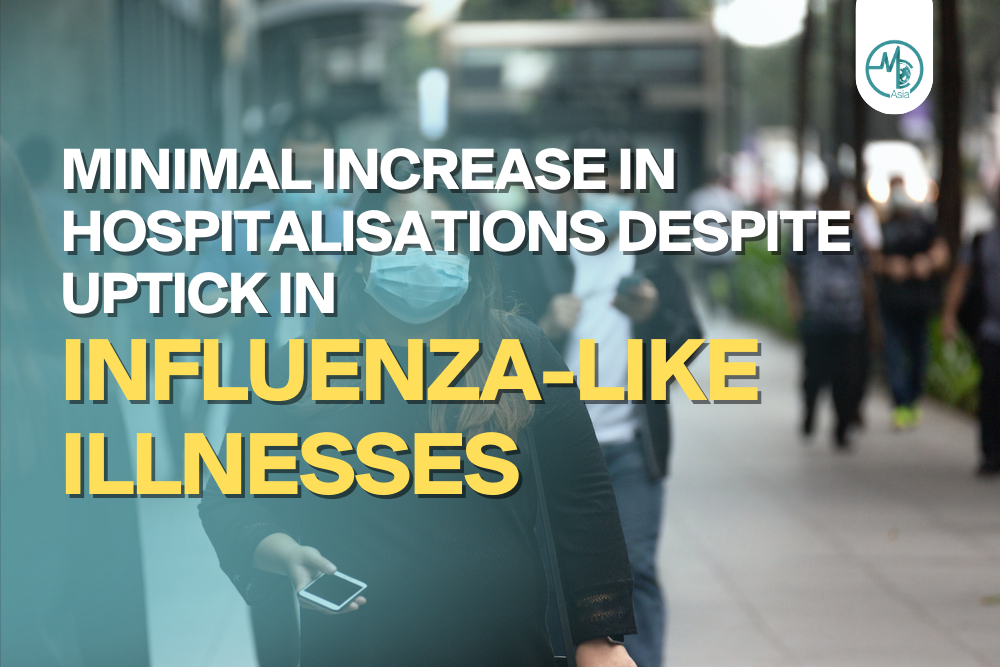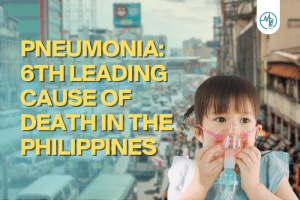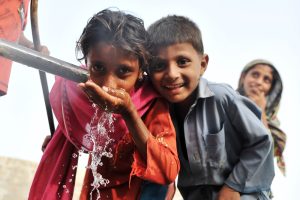Amidst the convergence of colder months and an uptick in both influenza-like illnesses (ILIs) and anticipated COVID-19 cases, Dr. Rontgene Solante, the President of the Philippine College of Physicians (PCP), shares crucial insights during a bi-monthly lay forum organised by the PCP.
Understanding the Dynamics of Influenza-Like Illnesses (ILIs)
Dr. Solante offers a comprehensive perspective by explaining the intricate nature of influenza-like illnesses (ILIs) prevalent in the Philippines. ILIs, marked by symptoms such as fever, cough, and sore throat, are not confined to specific seasons but persist throughout the year in tropical regions. The tropical environment provides an ideal breeding ground for a diverse spectrum of organisms, contributing to the perpetuity of respiratory infections.
The array of causative agents for ILIs encompasses influenza, rhinovirus, respiratory syncytial virus (RSV), and the notorious SARS-CoV-2 virus responsible for the global COVID-19 pandemic. Dr Solante illuminates the factors contributing to this seasonal intensification, citing increased indoor occupancy and reduced ventilation as key influencers. During colder periods, individuals tend to congregate indoors, creating an environment conducive to the transmission of respiratory infections. The diminished ventilation further compounds the risk, fostering the spread of these viruses among close quarters.
Recent ILI Data and the Increase of Covid-19
Reviewing historical data since 2009, Dr. Solante notes that ILIs typically peak from September to December, sometimes extending until February. The Department of Health (DOH) has reported a significant rise in influenza-like illness (ILI) cases, recording over 190,000 instances nationwide. According to the DOH’s Disease Surveillance Report, there were 193,148 ILI cases from January 1 to November 25. This marks a 50% increase compared to the same period last year. Data reveals that SARS-CoV-2 has emerged as the predominant causative agent among ILI cases, surpassing other respiratory illnesses.
Hospitalisation and Mortality Rates
Despite the surge in COVID-19 cases, Dr Solante assures the public that hospitalisation and mortality rates remain notably low. The manageable occupancy of intensive care unit (ICU) beds attributes to this positive outcome. Currently only 12.9% of the 1,101 allocated for COVID-19 patients are in use. Additionally, non-ICU beds designated for COVID-19 patients stand at 18.3%, indicating that hospitals can accommodate the rising cases without reaching maximum capacity.
Perspective on the New Covid Vaccine
Health Secretary Teodoro Herbosa contributes to the discourse by addressing the introduction of the monovalent XBB vaccine. He emphasises its recommendation for high-risk populations, particularly the immunocompromised and vulnerable sectors. The government’s goal is to secure access to this vaccine through Covax, with the intention of distributing it to individuals six months or more from their last booster shot. Secretary Herbosa emphasises that healthy individuals who have been previously vaccinated and boosted do not require additional booster shots.
Vaccination Progress and Public Response
As of December 17, over 78 million individuals have been vaccinated against COVID-19 in the Philippines. This meets the target percentage set out by the DOH. Additionally, booster shots have been administered to 23 million individuals. Secretary Herbosa acknowledges a decline in vaccine enthusiasm. He attributed it to increased public awareness, confidence in treatment protocols, and a more informed medical community.
Conclusion
As the Philippines navigates the complexities of managing ILIs and continues the battle against COVID-19, the insights from health experts provide a comprehensive understanding of the current situation. The emphasis on low hospitalisation and mortality rates, coupled with targeted vaccination strategies, underscores the nation’s preparedness to address health challenges during colder months and the anticipated increase in COVID-19 cases. This nuanced approach aims to balance public health priorities with the evolving dynamics of respiratory illnesses in the region.














